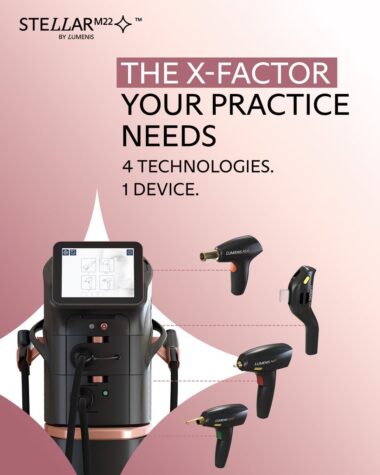A free online resource is helping people with acquired brain injury (ABI) consider assistive technology to plan, organise and remember everyday tasks. The resource was developed by Monash University researchers in collaboration with people with ABI and other experts.
Assistive technology, or ‘AT’, includes products a person might use, like a smartwatch or mobile phone, and services like allied health that help with product selection, setup, training and use.
Believed to be the first of its kind, My Technology Space is an accessible online resource that helps people think about using AT to support memory and thinking in activities after acquired brain injury.
Project leader Associate Professor Libby Callaway, from Monash University’s Rehabilitation, Ageing and Independent Living (RAIL) Research Centre and Occupational Therapy Department, said it could also be useful for people who experience other conditions that impact memory or thinking.
“My Technology Space offers information, resources and tools for both people with acquired brain injury and their families, as well as allied health professionals or other assistive technology advisors working with them,” Associate Professor Callaway said.
“Traditionally, people with acquired brain injury and their families rely on product marketing materials and user guides to consider the use of technology for cognitive support after brain injury.
“My Technology Space takes the user through six steps in a process to think about their goals and needs, map out current and possible future supports they could use to help them to do everyday activities, and consider whether technology could be part of that solution.
“It then offers a tool called the Framework for Evaluation of Assistive Technology (FEAT). This framework asks a range of questions about products across nine domains, such as effectiveness, reliability, cost and risk. FEAT ranks the performance of different products to help with decision-making and identifies where more information might be needed.”
The simple to use website has sections for people with ABI and their families, and allied health professionals or other assistive technology advisors. Each section offers written and video information, checklists and other tools to consider a person’s goals and needs, and the types of supports that may help address these.
Josh Taylor has lived experience of ABI, and worked on the project. “After the accident and my acquired brain injury, my memory and concentration was just not there,” Josh said. “I use assistive technology now to tell me certain things like to take medication, go and eat lunch or do whatever else I need to do. This technology has really helped me out, 100 per cent.”
Associate Professor Callaway said the section for people with ABI, their family, and friends was written in plain language, with unfamiliar words defined. She said the goal was to help them use technology for everyday tasks, and find the right tools for them.
“My Technology Space can be used by people with acquired brain injury on their own, with the support of family or friends, or with the input of allied health professionals or other assistive technology advisors,” she said.
“Extra support or some professional input may be needed as the technology being considered becomes more complex or unfamiliar, or needs to connect, load onto or sync with other existing technology the person may already use, like a smart phone.
“As an example, a person with brain injury may be able to use the tools on My Technology Space to think about off-the-shelf home assistants like Google Home or Alexa and the features of these products. But they may want to get some advice from an allied health professional if thinking about different types of customised movement sensing and audio prompting technologies that may provide cognitive support.”
For allied health professionals, My Technology Space offers customised and published assessment tools and outcome measures, plus a step-by-step process to work through conversations with people with ABI and their families.
Associate Professor Callaway led work to develop My Technology Space, with project management from Dr Em Bould, who has a background in psychology, and a large team of experts.
Access My Technology Space at www.mytechnologyspace.org
My Technology Space was funded by the Transport Accident Commission in Victoria, with icare NSW.
For media enquiries please contact:
Monash University
Cheryl Critchley – Media and Communications Manager (medical)
E: [email protected]
T: +61 (0) 477 571 442
For more Monash media stories, visit our news and events site
For general media enquiries please contact:
Monash Media
E: [email protected]
T: +61 (0) 3 9903 4840
***ENDS***


